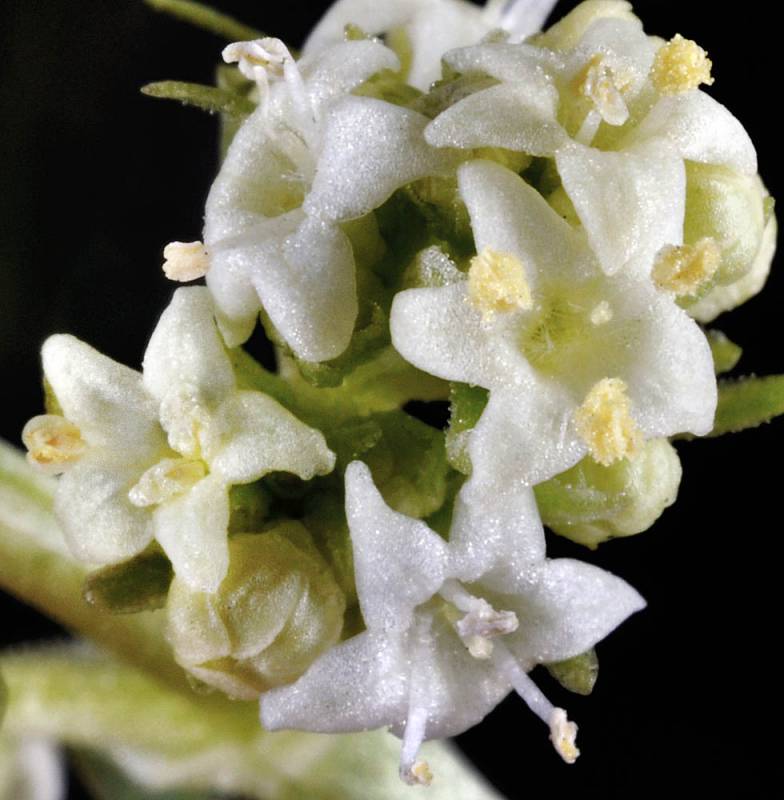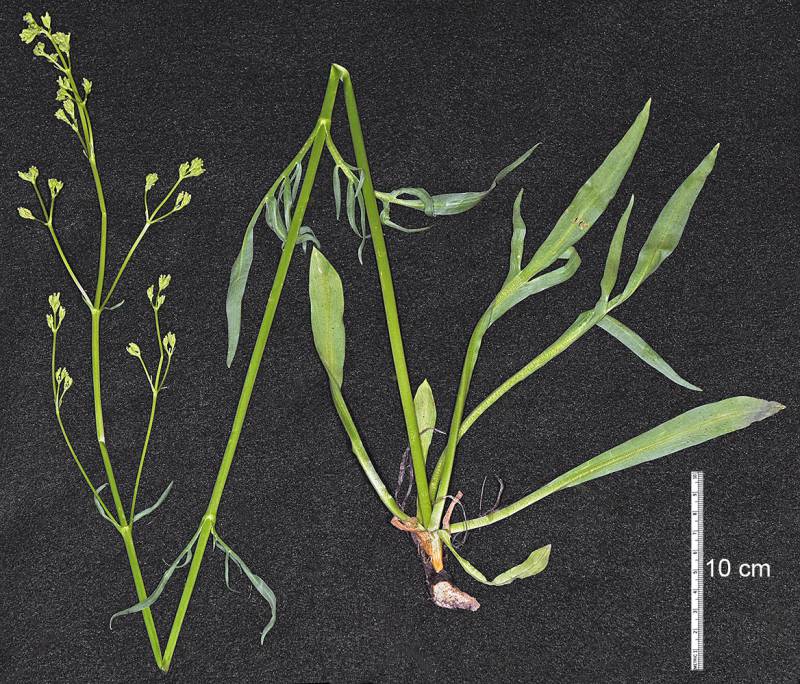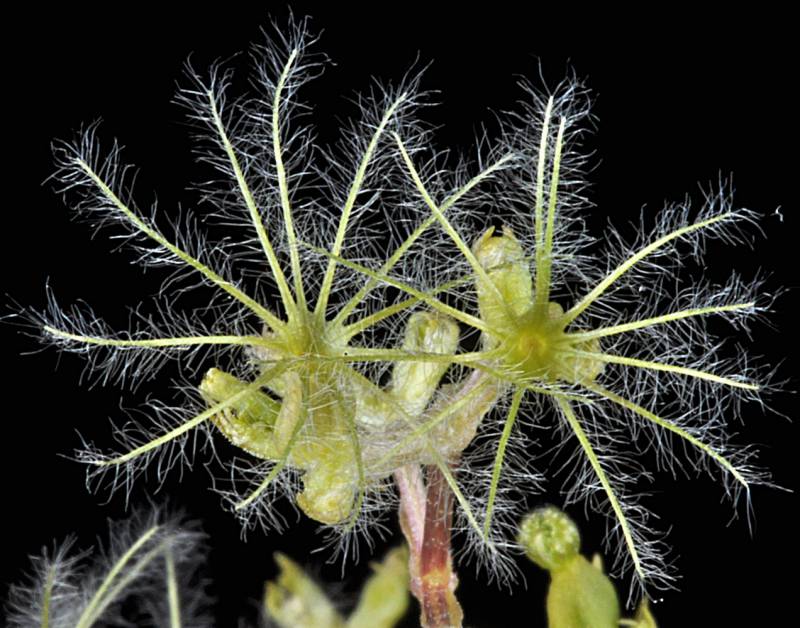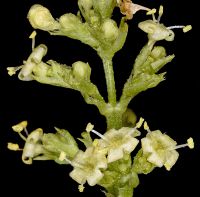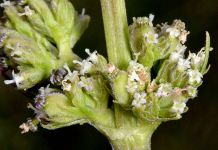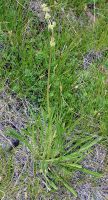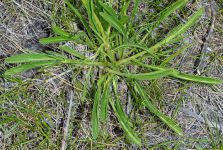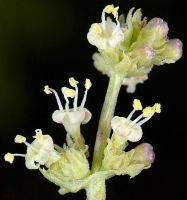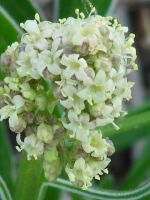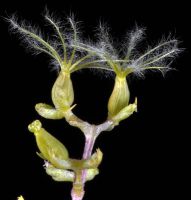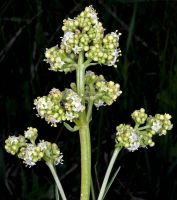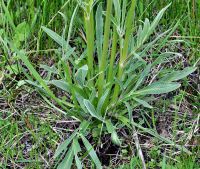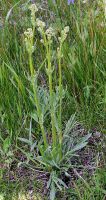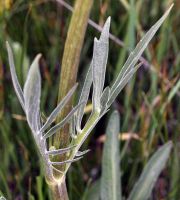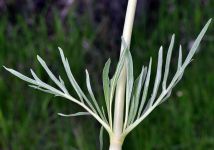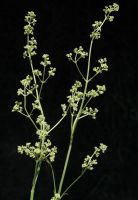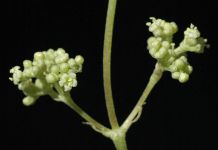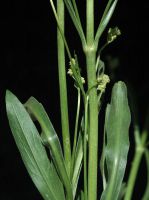Distribution: Occurring east of the Cascades crest in Washington; southern British Columbia to eastern Oregon, east to Idaho and Montana.
Habitat: A wide variety of open, somewhat moist habitats, from the foothills to rather high elevations in the mountains.
Flowers: June-August
Origin: Native
Growth Duration: Perennial
Conservation Status: Not of concern
Pollination: Bees, flies, sawflies
Perennial from a long taproot and short, branching crown, 1-12 dm. tall, glabrous.
Basal leaves numerous, firm, linear to obovate, the blade tapering gradually to the petiole, entire, 7-40 cm. long and 7-55 mm. wide, or often a few with narrow, lateral lobes; cauline leaves opposite, 2-6 pairs, smaller, mostly pinnatifid with narrow segments, becoming sessile upward.
Inflorescence a rather compact panicle; plants mostly dioecious, a few flowers perfect; corollas of perfect and staminate flowers 2.5-3.5 mm. long, those of pistillate flowers about 1 mm. long; corolla united, creamy white, the lobes 5, slightly shorter than the tube; stamens 3, slightly exerted; plumose calyx segments 5-13; ovary inferior, with two of the three cells vestigial.
Fruit an achene, ovate, 2.5-4.5 mm. long, glabrous or short-hairy.
Publication: Fl. N. Amer. (Torr. & A. Gray) 2(1): 48. 1841.
-
var. edulis – tobacco root
 Occurring east of the Cascades crest in Washington; southern British Columbia to eastern Oregon, east to Idaho and Montana.
Occurring east of the Cascades crest in Washington; southern British Columbia to eastern Oregon, east to Idaho and Montana.
PNW Herbaria: Specimen records of Valeriana edulis in the Consortium of Pacific Northwest Herbaria database
WA Flora Checklist: Valeriana edulis checklist entry
OregonFlora: Valeriana edulis information
E-Flora BC: Valeriana edulis atlas page
CalPhotos: Valeriana edulis photos

